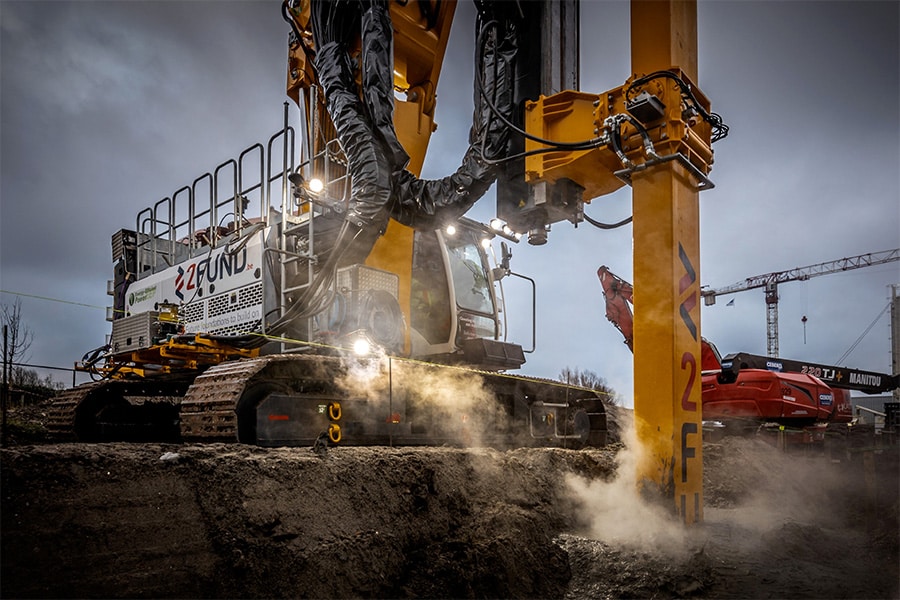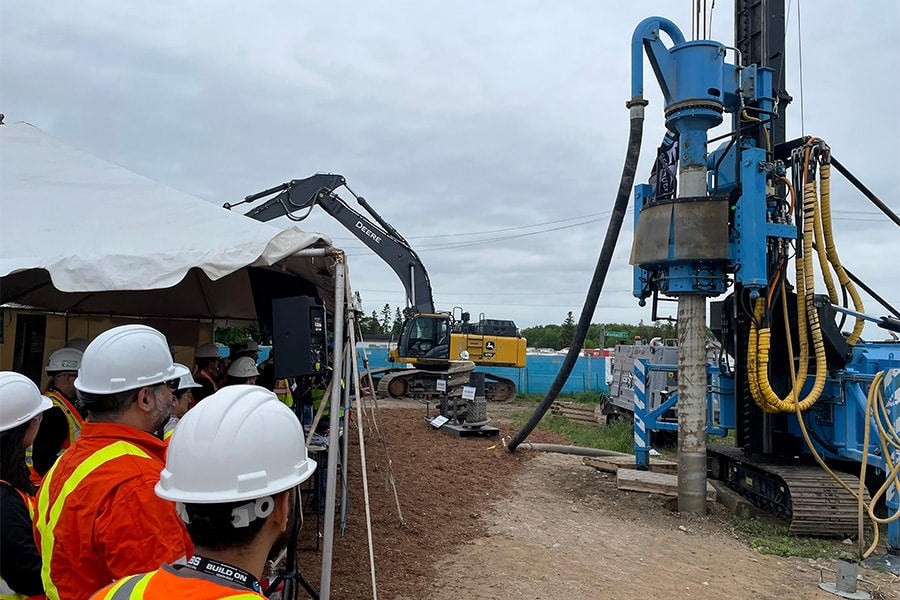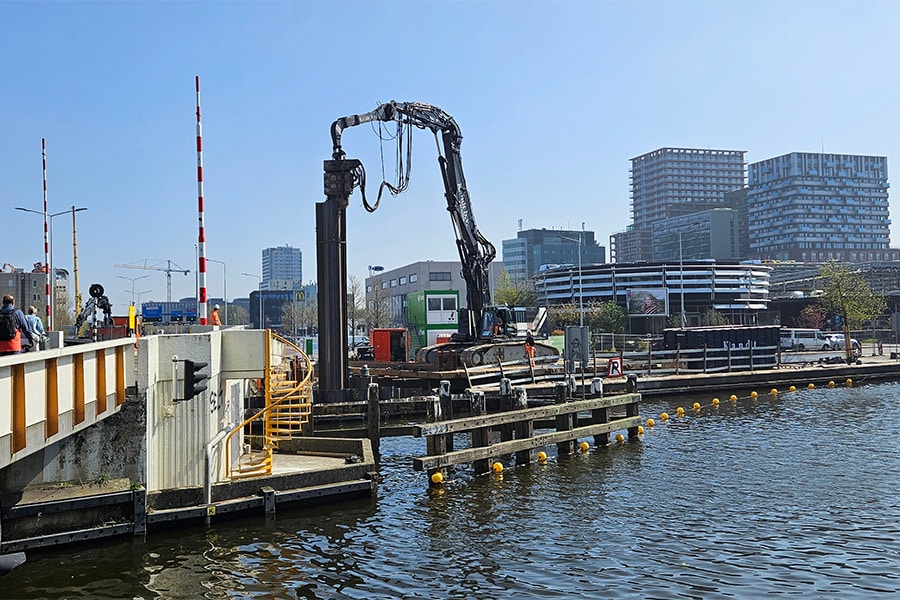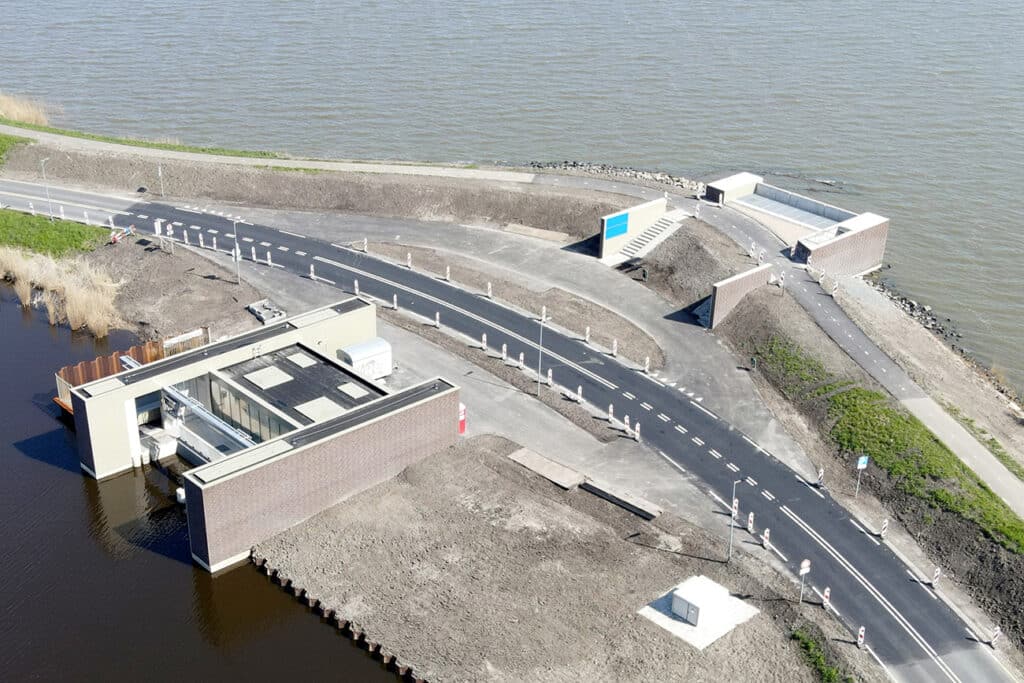
De Poel pumping station makes polders system less vulnerable
De Poel pumping station regulates the water level in the Waterlandse boezem, the main water system of canals and waterways in the area between Monnickendam, Purmerend, Landsmeer and Schellingwoude. Since the old pumping station had reached its technical lifespan of 100 years, it was either renovate or replace it. For various reasons, the Hollands Noorderkwartier Water Board opted for the latter.

Together with Kadoelen Pumping Station near Amsterdam, De Poel pumping station provides water level management in the Waterlandse boezem. "It is in fact one large poldersystem at an average of 1.56 meters below N.A.P. with a number of inlying deeper places such as the Burkmeer and a number of deep wells," clarifies Maarten Poort, water systems consultant at Hoogheemraadschap Hollands Noorderkwartier. "All our pumping stations are in a management and maintenance program. When they reach their technical lifespan, major maintenance is the order of the day, and so that was the main reason to get to work on De Poel pumping station."
Increasing operational reliability
When "grabbing" an old pumping station, there is usually an upgrade to increase reliability. "In the province of North Holland a hundred years ago, everything was still green. Nowadays the province is dominated by urban agglomerations that make the water system increasingly vulnerable," knows Siem Jan Schenk, portfolio holder for water systems at Hoogheemraadschap Hollands Noorderkwartier. "It is our task to design the water system in such an integrated way that it becomes less vulnerable and operational reliability is guaranteed, even at higher water levels." Poort adds: "And precisely this operational reliability was lacking at the old De Poel pumping station. The old pumping station uses a kind of siphon construction, a vacuum to push the water over the back (the Markermeer dike, ed.). In offshore winds, the vacuum was interrupted and the pumping station was less reliable. Also, the pumping station was only capable of bridging a difference in level of up to 1.10 meters between the polder and the Markermeer. If it was larger, the capacity dropped to zero fairly quickly. At a Markermeer level of 0.40 centimeters below N.A.P. it still worked, but nowadays the Department of Public Works keeps the Markermeer at a higher level, to have a buffer for dry summers."
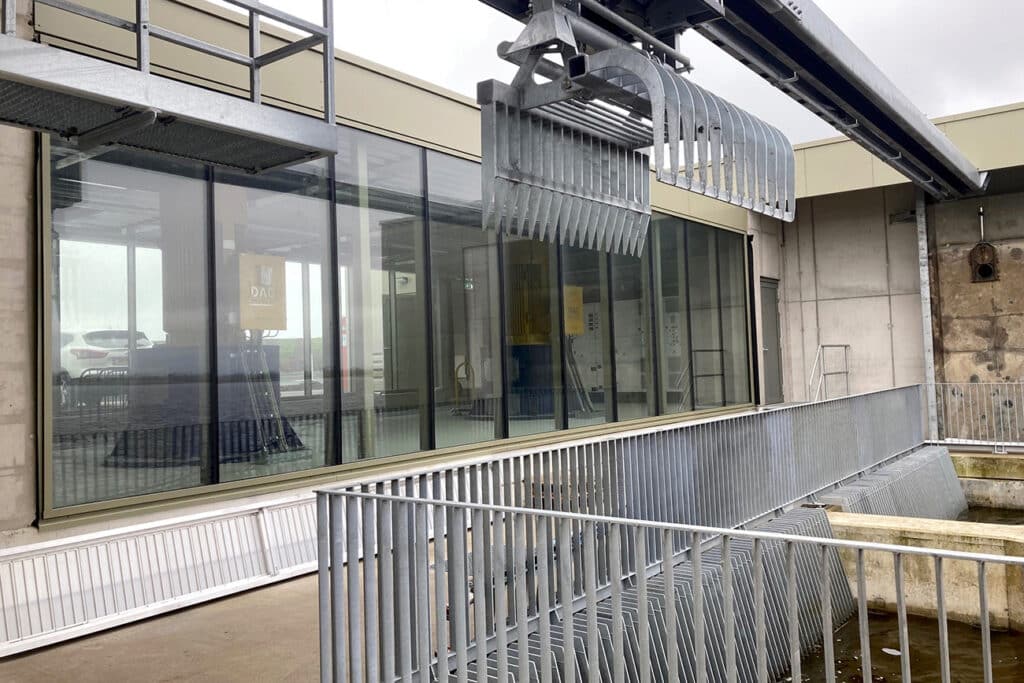
Rigorous solution
So it was soon clear to the Water Board that a new pumping station was needed. "In our pumping station program we have about 5 to 6 million euros available each year in operation for the renovation or replacement of pumping stations," says Schenk. "That includes this project. In this case, however, we opted for a rigorous solution of new construction at another, slightly more northern location." With the cooperation of the European Agricultural Fund for Rural Development: Europe is investing in its countryside. Gate: "We first looked at replacing the pumping station, but the location was actually too tight and somewhat unfortunate. A hundred years ago, traffic looked different from today. By building at a new location, the old pumping station could simply remain in operation during construction. This saved on a temporary pumping plant, which, with a required capacity of 520 m3 per minute would still be a substantial investment."
Freshwater Source
De Poel pumping station discharges directly into the IJsselmeer, our country's largest source of fresh water. "Kadoelen pumping station, on the other hand, discharges into the North Sea Canal. So water disappears into the North Sea and we have lost it," says Poort. "At De Poel we are now able to release water into the Waterlandse boezem in dry periods. And because we have increased the capacity by 15% to twice 300 m3 per minute, leaving 80% of the milling capacity intact at a 3-meter level difference, we also have a bit more flexibility in the polder system in case of flooding. And we then store this precious fresh water in the fresh Markermeer." Schenk adds: "So there are more knobs to turn to control different situations. In addition, the new pumping station is equipped with a fish migration system so that fish can move freely between the Markermeer and the Waterlandse boezem. In short, with this new pumping station we as a high water board are in a better position on all fronts for the future."
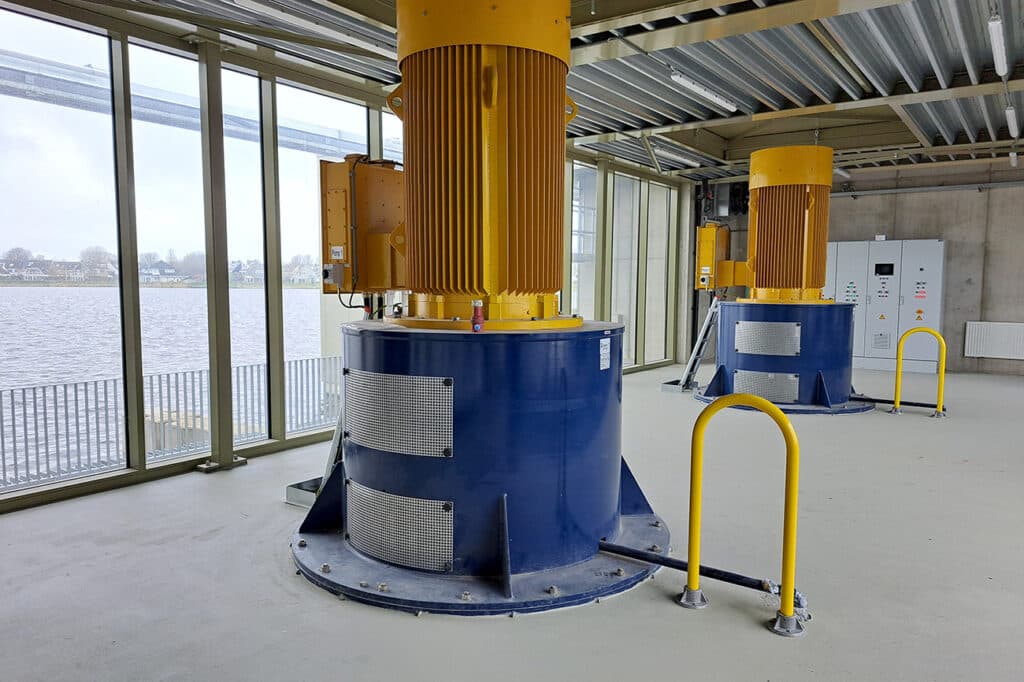
The new De Poel pumping station was festively opened on April 13, 2023. Schenk looks back on a particularly good cooperation with Aannemingscombinatie De Poel. "Despite the complicated location on a provincial road, the project was completed on schedule and without a budget overrun."
